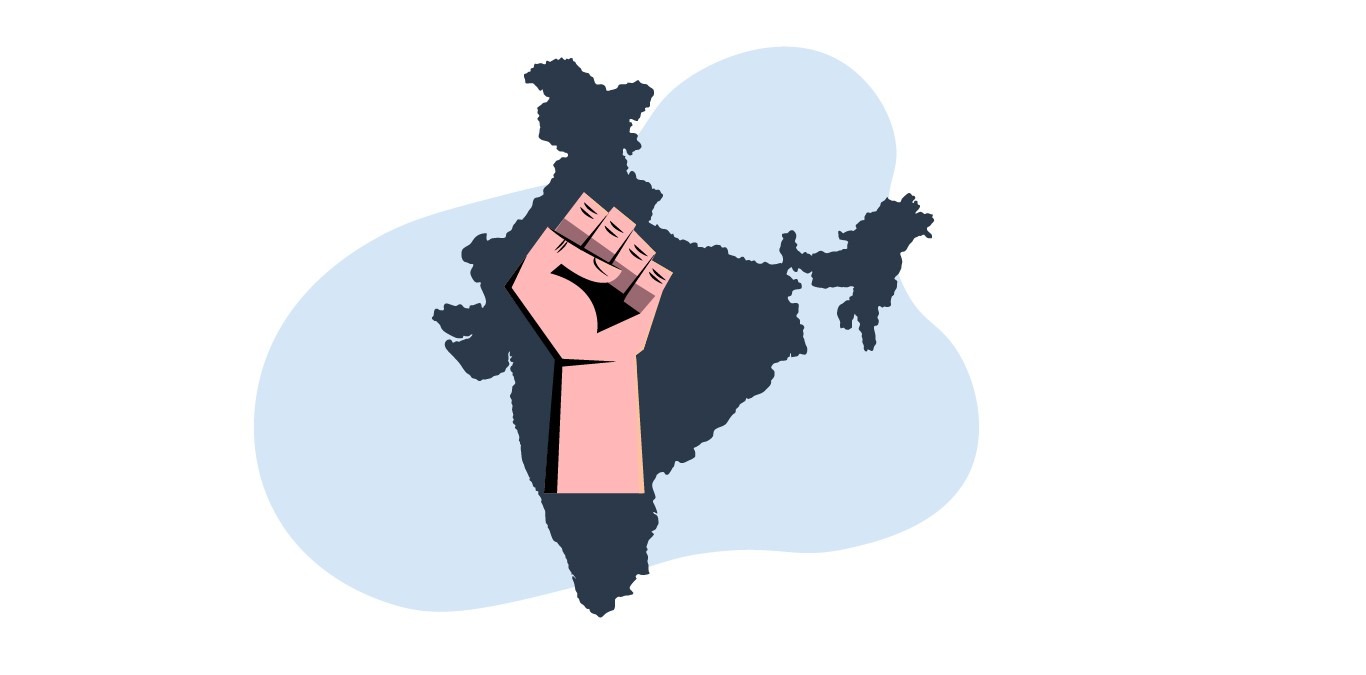The current Covid-19 crisis is a significant eye-opener for most countries across the world, including India. It has shown why it’s time for India to reduce or eliminate its dependency on other countries and instead become self-reliant making full use of our domestic potential.
However, there are two aspects to this. Firstly, those things which India has no choice but to be dependent on other nations such as oil. Secondly, those areas where India can stop depending on other countries by becoming self-reliant.
First, let\’s take a look at the first aspect, i.e. oil. Covid-19 has hammered the Indian economy badly. But even in these difficult times, if there is one bright spot for India, it is low oil prices.
India is one of the largest importers of crude oil in the world, importing almost 85 per cent of its oil. According to publicly available data, India imported 4.5 mb/d of crude oil between April 2019 to January 2020 compared to the same period a year ago.
So, any significant fall in oil prices like what we are witnessing currently will be hugely beneficial to India in multiple ways such as:
Reduction in India’s current account balance and lower import bill
A fall in oil price in the range of $30 per barrel means a much lower import bill which will help in reducing India’s current account deficit by a greater extent. As per a report by Livemint, every fall in oil prices by $10 per barrel helps reduce the current account deficit by $9.2 billion, which amounts to nearly 0.43% of the GDP.
Low inflation & lower input costs for several industries
Higher oil prices mean higher transportation costs which indirectly increases the prices of all goods and services. Hence, a fall in global crude prices is highly beneficial for India in the form of low inflation.
Low oil prices are highly beneficial for the transport and aviation industry as it can help them to cut down their expenses significantly. Besides, it will also result in lower input costs for companies in which use crude oil or its by-products as raw materials.
As India faces its most significant economic challenge in the form of Covid-19, the government is doing its best to utilise global low oil prices to its advantage by building up its strategic reserves with cheap oil to the tune of over 32 million tonnes.
Now let\’s take a look at the government’s dream of making India self-reliant.
To make India self-reliant, the government under the leadership of PM Modi has announced a stimulus package of ₹20 lakh crore which includes structural reforms in areas like agriculture and manufacturing aimed at attracting investments into the country.
The primary objective of this entire campaign is to ramp up domestic production and create supply chains to meet internal demands. At the same time, PM Modi also asked people to be vocal for local, i.e. buy domestic products that would, in turn, strengthen Indian industry and give rise to strong Indian brands which could then make a mark in the international market.
To boost the MSME sector, the government has revised the definition of MSME to include the maximum number of MSMEs which can be covered under the government benefits and avail access to collateral-free automatic loans to small businesses and MSMEs. Besides this government has also introduced several other policy moves/reforms related to Ease of Doing Business, market access, debt finance, and liquidity.
Under the Self-Reliant India package, the government has created a new public sector enterprise policy, introduced commercial licensing in the coal sector and increased the FDI limit in the defence sector from 49% to 74%. Government has also opened the space sector to private investment under which private players can collaborate with the department of space in specific projects.
While India ranks among the top countries in some sectors such as pharmaceuticals, automobiles and IT/IT-enabled services, the new measures under the Self-Reliant India package will open a large part of the previously restricted economic sectors to the participation of private industry.
The government has identified 12 sectors, such as food processing; organic farming; iron; aluminium and copper; agrochemicals; electronics; industrial machinery; furniture; leather and shoes; auto parts; textiles; and coveralls, masks, sanitisers and ventilators to make India a self-reliant country as well as a global supplier.
Yes, it might take some time. However, as seen in the past, government efforts to introduce new radical reforms in various sectors have shown some wonderful results. To give you an example by opening up the market and giving farmers more choices, the government has not only changed the way agricultural commodities are now marketed in India, but it has also limited the role of intermediaries and boosted the income of farmers.
Government’s dream of a self-reliant India will not happen overnight and will take some time. But yes, with a strong government at the centre and serious intent to get things done we can expect to see some results in the coming years. And when it does India will become a global production centre.
Click here to read more about India’s fast track recovery post Covid-19.
Related investing topics
Read more: How Long-term investing helps create life-changing wealth – TOI.
How useful was this post?
Click on a star to rate it!
Average rating 0 / 5. Vote count: 0
No votes so far! Be the first to rate this post.

